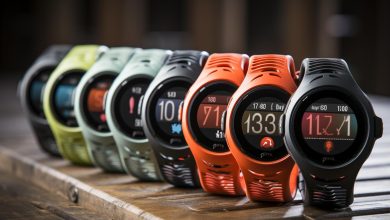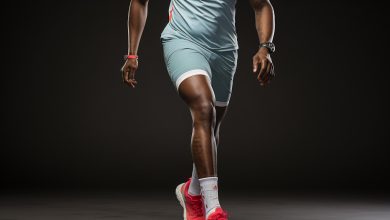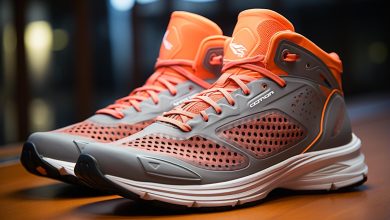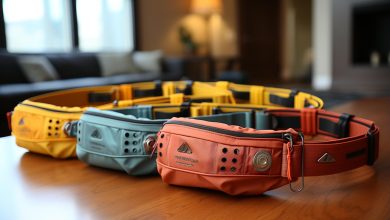Review of Recovery Tools for Post-Run Muscle Relaxation
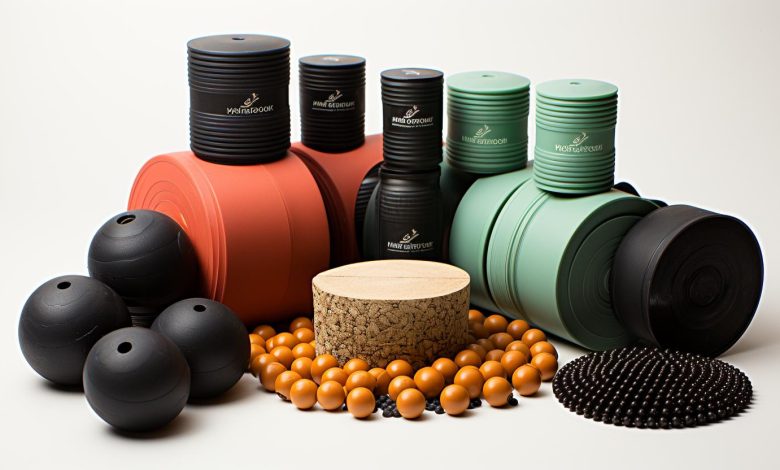
Are you tired of dealing with sore muscles after your runs? Well, you’re not alone. In fact, studies show that 79% of runners experience muscle soreness post-workout.
But don’t worry, there are solutions! This article will provide you with a comprehensive review of recovery tools for post-run muscle relaxation.
From foam rolling to massage guns, compression therapy to vibrating foam rollers, and even the benefits of cold therapy – we’ve got you covered.
Say goodbye to those aches and pains!
The Benefits of Foam Rolling

Foam rolling can provide immediate relief and increase muscle flexibility after your run. It is an effective technique that helps release tension in your muscles, improves blood circulation, and reduces muscle soreness.
Before diving into the benefits of foam rolling, it’s important to note the significance of stretching before and after a run. Stretching helps prepare your muscles for exercise, increases range of motion, and prevents injuries.
Foam rolling acts as a form of self-massage by applying pressure to specific areas of your body using a cylindrical foam roller. This pressure breaks up knots or adhesions in the muscles and fascia, promoting better muscle function. By targeting tight spots, you can release tension in specific areas such as the calves, quads, hamstrings, or glutes.
Alternatively, using a lacrosse ball for targeted muscle release can also be beneficial after your run. A lacrosse ball allows you to apply more direct pressure to smaller areas such as the feet or shoulders.
Transitioning into an overview of massage guns will further explore additional post-run recovery tools that can complement foam rolling techniques.
An Overview of Massage Guns
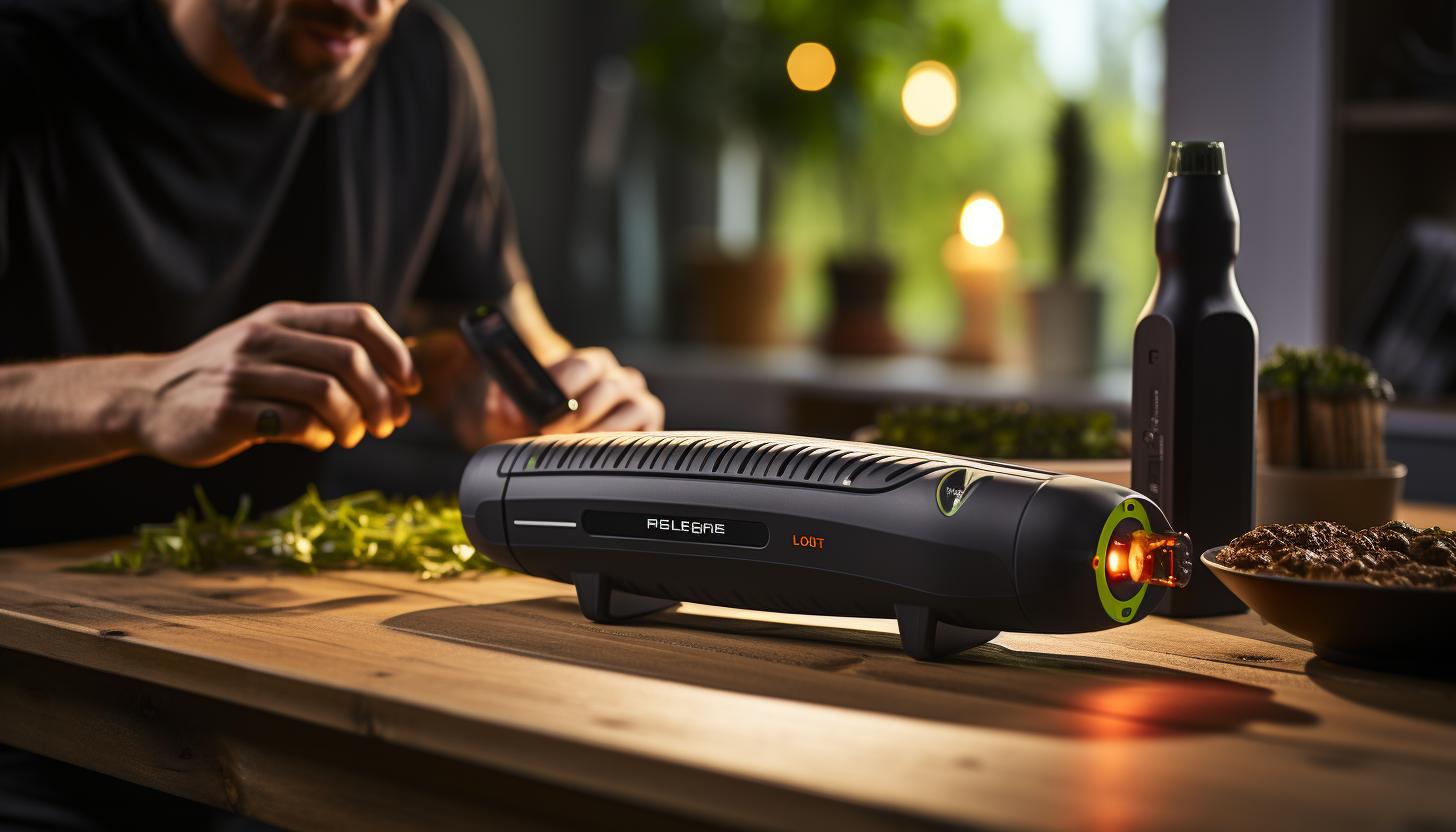
You might find massage guns to be a great alternative for soothing your muscles after a long run. These handheld devices, also known as percussive therapy devices, use rapid bursts of pressure to target specific areas of your body and provide relief from muscle soreness and tension. The effectiveness of massage guns has been supported by several studies that have shown their ability to increase blood flow, reduce muscle inflammation, and improve range of motion.
When comparing different massage gun models, there are a few key factors to consider:
– Power: Look for a massage gun with adjustable speed settings so you can customize the intensity level according to your needs.
– Attachments: Different attachments provide varying levels of pressure and target different areas of the body. Make sure the massage gun you choose comes with a variety of attachments.
– Battery Life: Consider how long the battery will last on a single charge. If you plan on using the massage gun frequently, opt for one with longer battery life.
– Noise Level: Some massage guns can be quite loud, which may not be ideal if you prefer a quieter experience. Check customer reviews or try out different models in-store if possible.
How Compression Therapy Can Aid Recovery
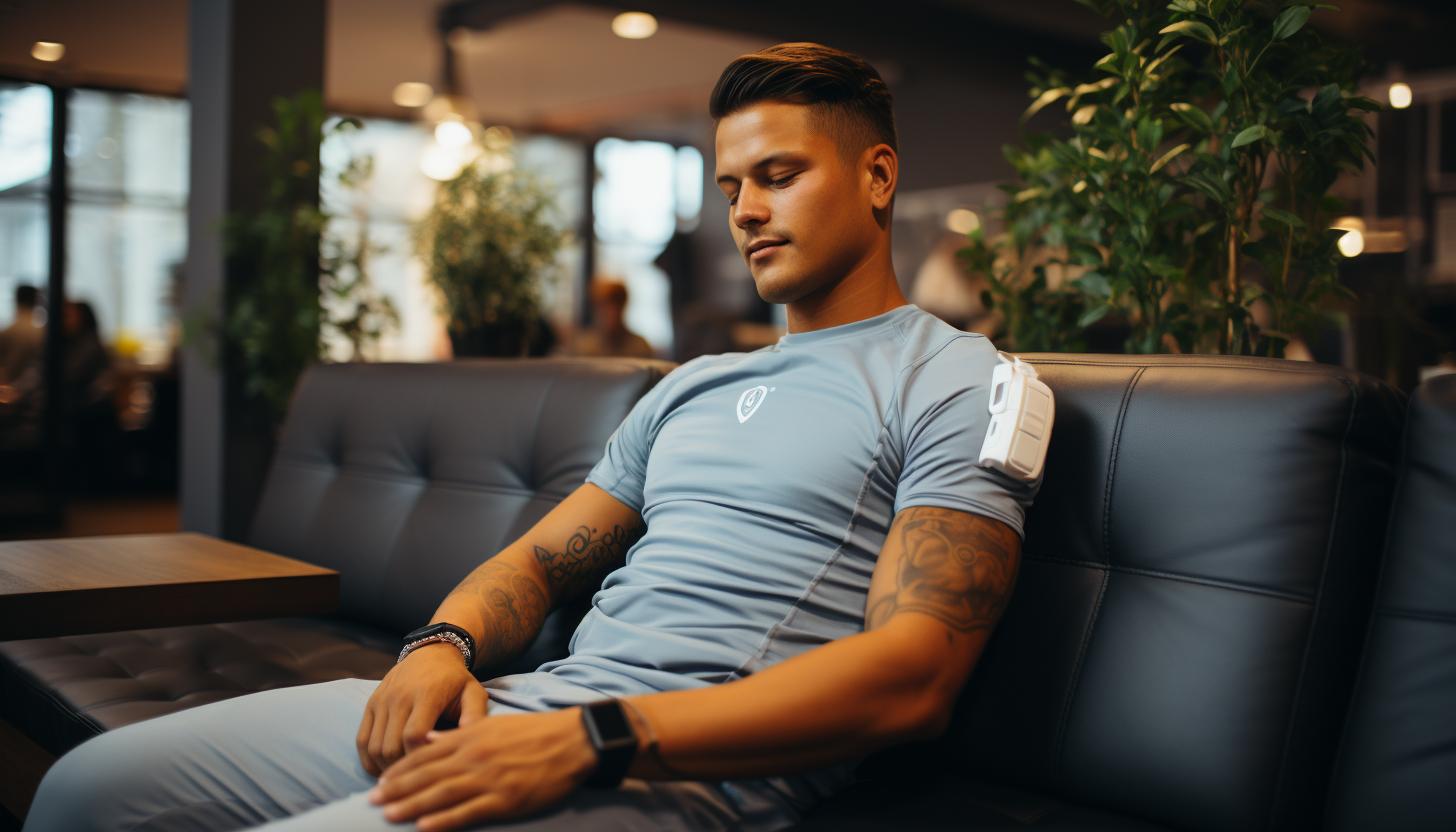
Compression therapy, such as the use of compression sleeves or garments, can be beneficial in aiding the recovery process by improving circulation and reducing swelling. When it comes to endurance training, compression socks are often used to enhance performance and promote faster recovery. These specialized socks apply graduated pressure to the muscles, which helps to improve blood flow and oxygen delivery. This increased circulation can prevent muscle fatigue and reduce the risk of injury during intense workouts.
But what about muscle recovery after a grueling workout? Compression sleeves have been found to be highly effective in this regard. By applying gentle pressure on the muscles, these sleeves help to flush out metabolic waste products that accumulate during exercise. This promotes a quicker healing process and reduces muscle soreness.
In addition to improved circulation and reduced swelling, compression therapy also provides support for your muscles and joints. This stability can prevent further damage and aid in injury prevention.
When incorporating compression therapy into your recovery routine, it is important to choose the right fit and level of compression for your needs. Consult with a healthcare professional or sports therapist who can guide you in selecting the appropriate gear for your specific sport or activity.
The Power of Vibrating Foam Rollers
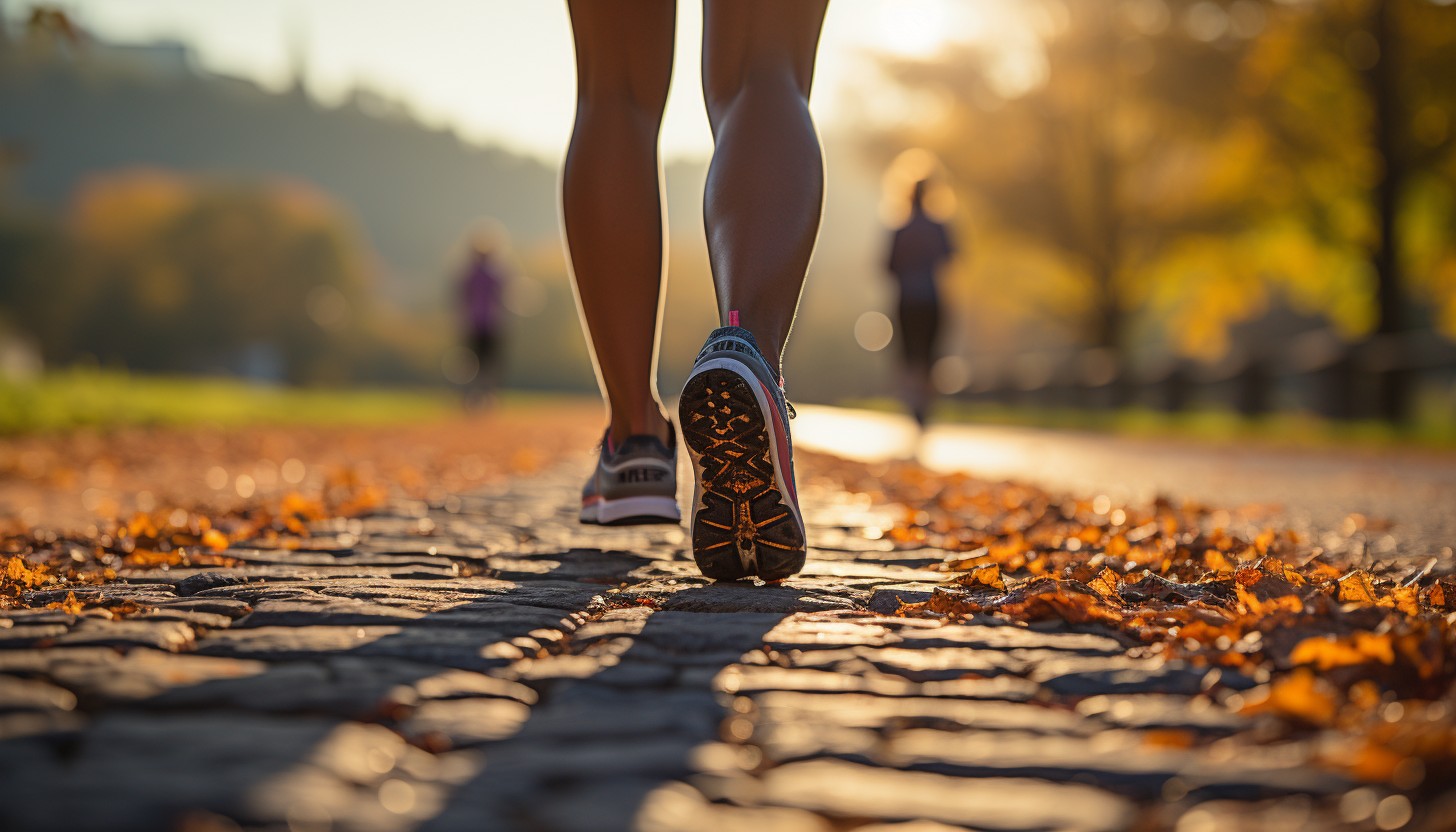
Using vibrating foam rollers can be an effective way to enhance muscle recovery and reduce post-workout soreness. These powerful tools provide targeted relief by applying deep pressure and vibrations to your muscles, promoting blood flow and reducing muscle tension. Here are four foam roller techniques that can help you maximize the benefits of using a vibrating foam roller:
– Rolling: Start by positioning the foam roller under a specific muscle group, such as your calves or quadriceps. Apply gentle pressure and slowly roll back and forth over the area, focusing on any tight or tender spots.
– Static Compression: For deeper muscle release, find a trigger point or knot in your muscles and hold the vibrating foam roller directly on that spot for about 30 seconds. This technique helps break up adhesions within the muscle fibers.
– Cross-Fiber Friction: Move the vibrating foam roller across the fibers of a particular muscle at a slow pace. This technique helps realign scar tissue, reduces inflammation, and enhances mobility.
– Active Release: Combine movement with vibration by performing exercises while using the vibrating foam roller. For example, you can do lunges or squats while rolling over your quadriceps.
Remember to listen to your body’s feedback during these techniques and adjust accordingly.
Incorporating powerful vibrations into your foam rolling routine can help improve circulation, relieve muscular tension, and speed up recovery after intense workouts.
Exploring the Benefits of Cold Therapy

Cold therapy, such as ice packs or cold baths, can help reduce inflammation and alleviate muscle soreness after intense workouts. Contrast therapy, which involves alternating between cold and hot treatments, has gained popularity for its potential benefits in muscle recovery. The application of cold temperatures constricts blood vessels, reducing blood flow to the affected area and decreasing inflammation. Conversely, heat therapy dilates blood vessels and increases blood flow, promoting healing and relaxation.
To better understand the benefits of cold therapy in post-run muscle relaxation, let’s explore a comparison table:
| Cold Therapy | Hot Therapy | Contrast Therapy |
|---|---|---|
| Reduces swelling | Promotes circulation | Enhances recovery |
| Alleviates pain | Relaxes muscles | Reduces inflammation |
| Decreases inflammation | Soothes stiffness | Speeds up healing |
Cryotherapy plays a significant role in optimizing post-run muscle recovery. Applying ice packs to specific areas of your body can reduce pain and minimize swelling caused by micro-tears in the muscles. Additionally, contrast therapy combines the best aspects of both cold and hot treatments to enhance overall recovery.
Incorporating cold therapy into your post-run routine can significantly improve muscle relaxation and aid in faster recovery. Remember to consult with a healthcare professional before starting any new treatment regimen to ensure it is appropriate for you.
Conclusion
Congratulations on completing your review of recovery tools for post-run muscle relaxation! You’ve explored the benefits of foam rolling, massage guns, compression therapy, vibrating foam rollers, and cold therapy.
These incredible tools are like superpowers for your muscles, providing relief and aiding in recovery. By incorporating these techniques into your post-run routine, you’ll be able to maximize your muscle relaxation and enhance your overall performance.
So don’t wait any longer – unleash the power of these recovery tools and experience the amazing results for yourself!

